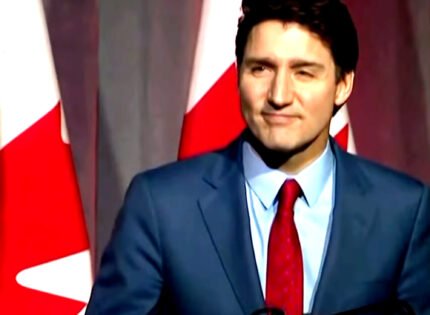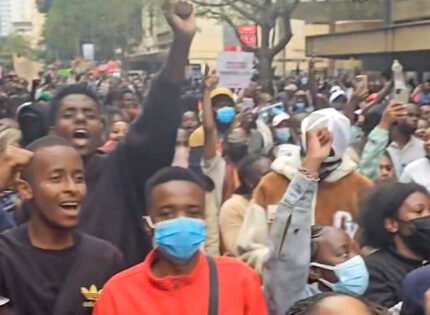
Over the last decade, a number of technological innovations have emerged to inject new life into Africa’s transport sector. One of them is the drone revolution.
By definition, a drone is an unmanned aircraft.
Drones are more formally known as unmanned aerial vehicles (UAVs) or unmanned aircraft systems (UASes). Essentially, a drone is a flying robot that can be remotely controlled or fly autonomously through software-controlled flight plans in their embedded systems, working in conjunction with on-board sensors and GPS.
In 2015, Kenya adopted the use of drones to stop poaching. A pilot project was introduced in Ol-Pejeta conservancy, a 90,000-acre game reserve boasting a wide array of wildlife, including (the) endangered black rhinos, elephants, leopards, lions and chimpanzees.
Despite its immense size, the privately owned conservancy relies on a team of only190 rangers — 40 of whom are armed — to safeguard the wildlife roaming its grass plains and acacia-dotted savannah.
Rhinos in particular are at great risk as highly organized and equipped criminal syndicates are increasingly targeting their horns, which are coveted in some parts of the world for their supposed healing powers. The drone not only covers wider distances but also moves faster than the rangers. The flights transmit the areal view onto a live stream to the command center. This move saw the incidences of poaching reduce by up to 96%. And now parks across the country are adopting the use of drones for protection.
In Ghana and Rwanda, courtesy of Zipline, life saving drugs, blood vaccines and blood samples can now be delivered in less than 30 minutes. It employs a fleet of drones, referred to as zips. A doctor sends a message to Zipline, which then packs the items in a small cardboard box and places it in a drone that cruises at 110 km per hour guided by air traffic control, and before arrival it sends a message to the doctor’s phone then drops the box at the designated place outside the hospital using a paper parachute, and flies back to its base.
Down South In Northern Malawi, access to blood tests was limited for residents of a remote island in Lake Malawi because there was only a ferry to the lakeshore once a week. But a drone service funded by USAID now gets a diagnosis within hours.
In South Sudan, decades of conflict, deforestation and drought have turned millions of fertile farms into deserts. It would take decades to re-green the country. Nonetheless two South Sudanese pioneers, Mohammed Alhatim Ahmed Ibrahim and Hatem Mubarak came up with the “flying robot farmer.”
This drone is programmed to plant the seeds of the Acacia tree in a bid to curb soil erosion as acacia tree roots run deep and thus prevent the movement of the sandy soils. The drone will also carry an assessment of crop and soil health allowing researchers to understand what is needed to tackle crop failure.
Drones could account for 10% -15% of Africa’s transport sector in the next decade.













